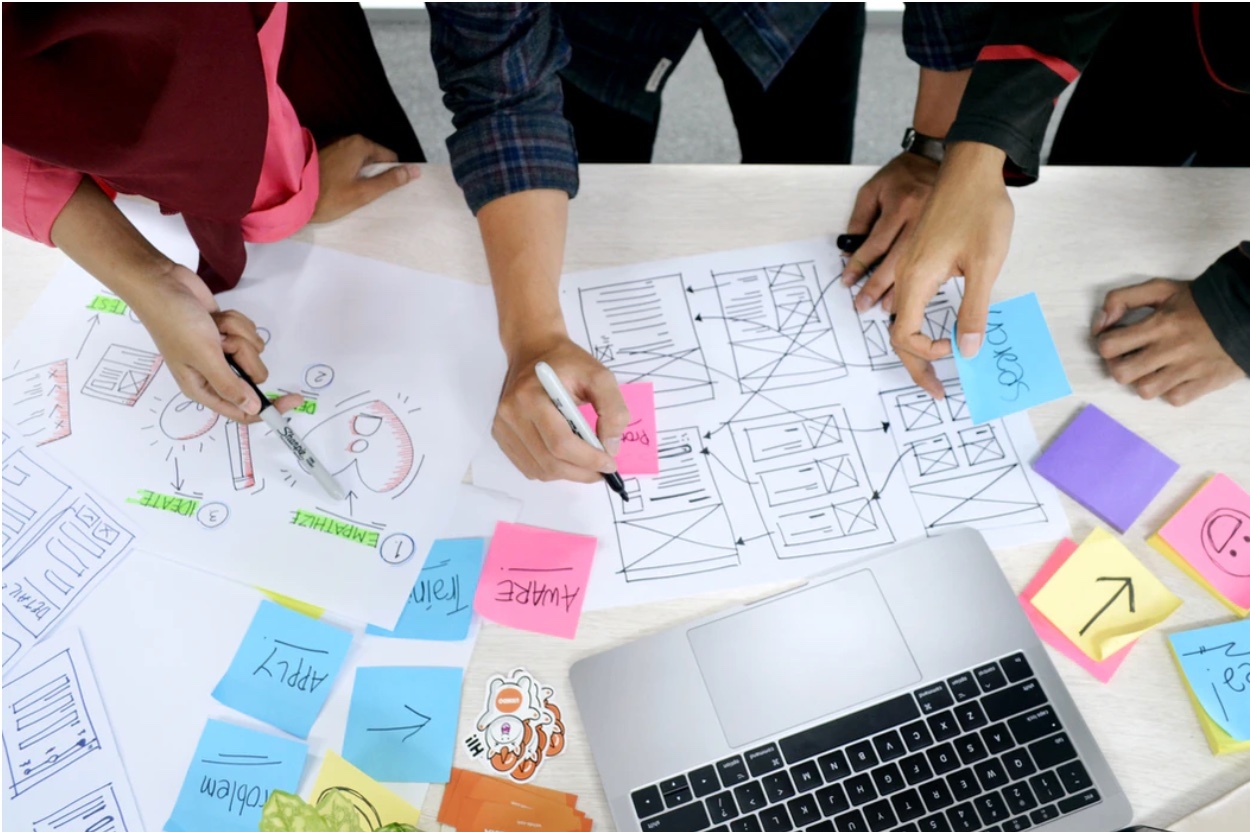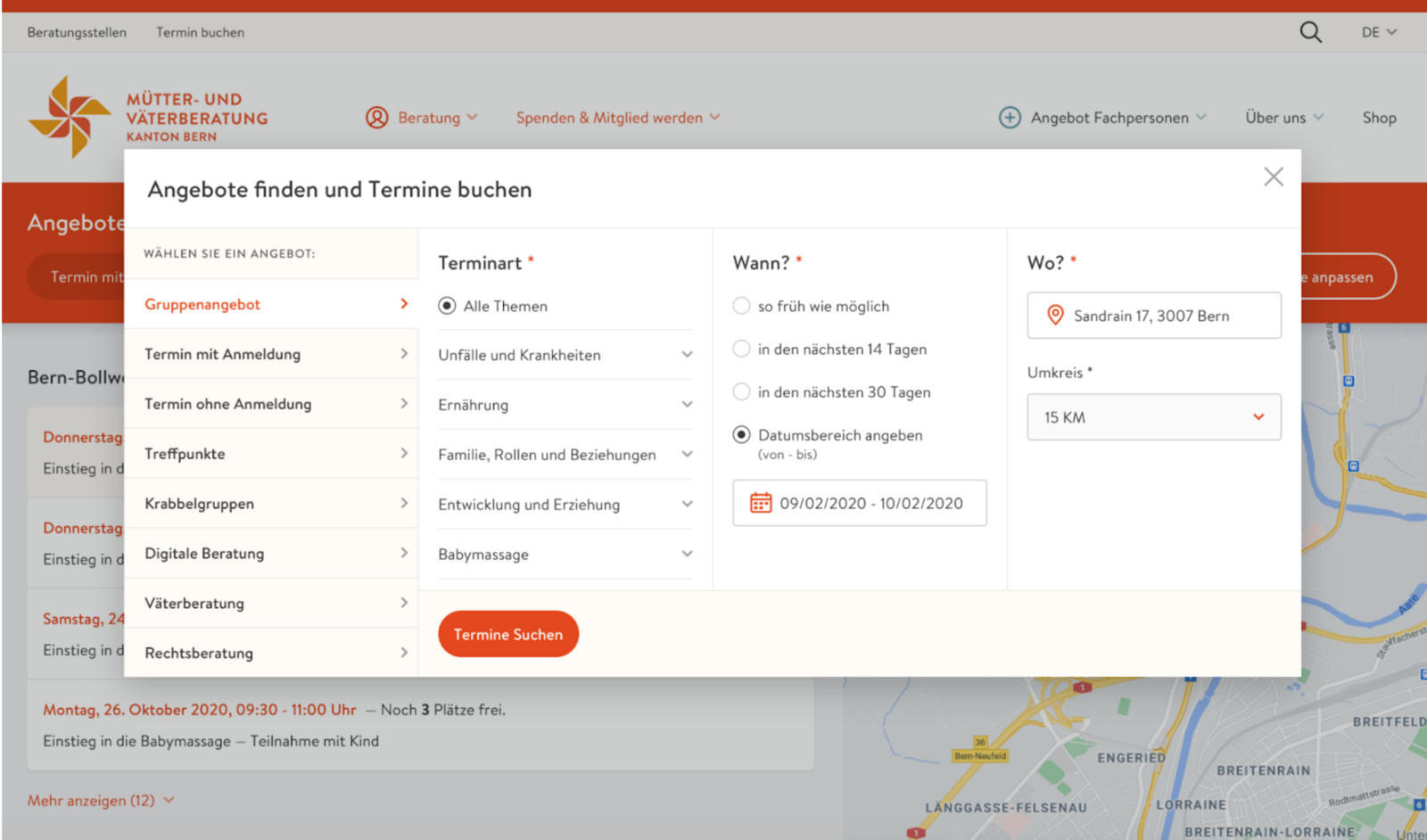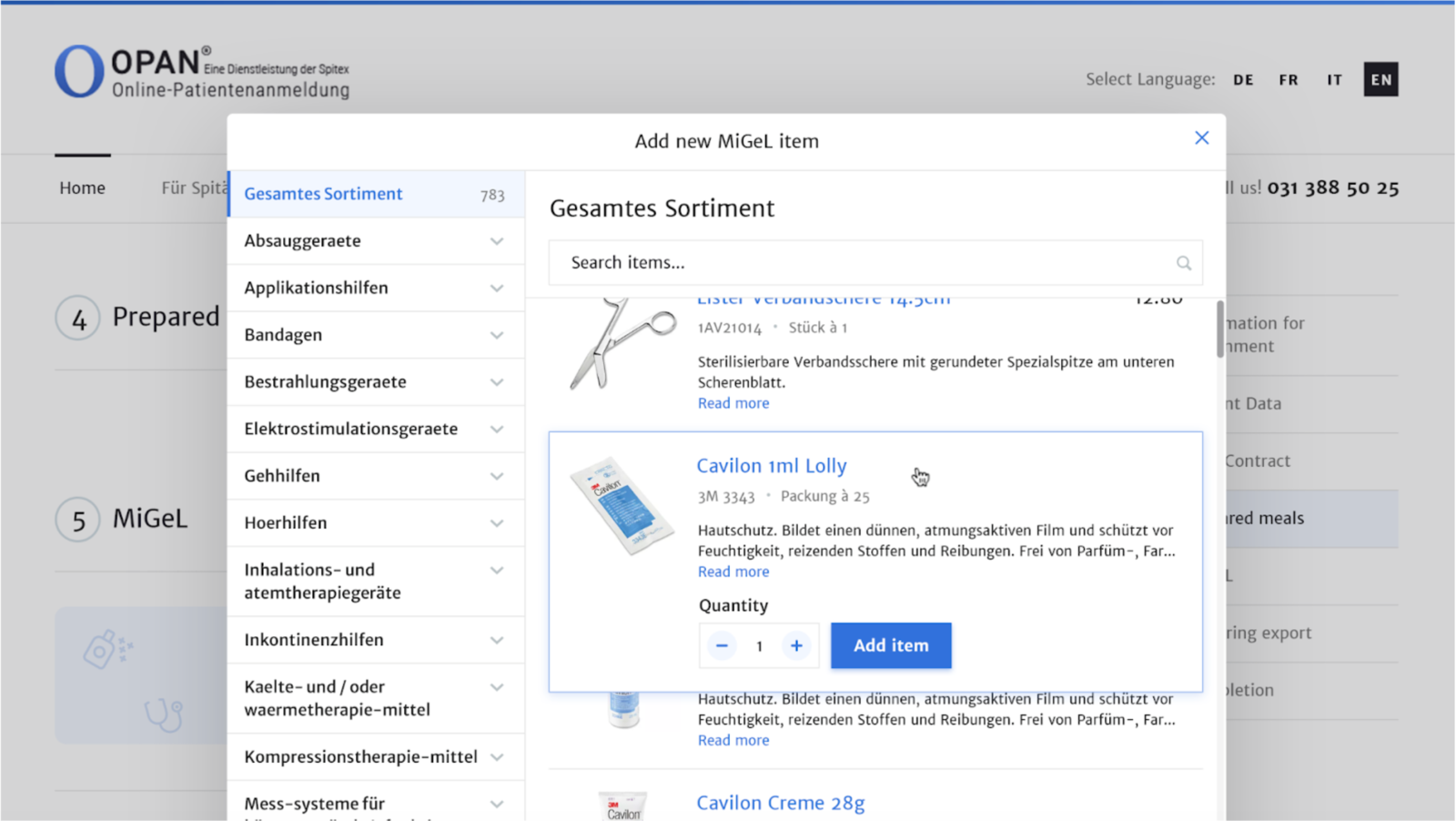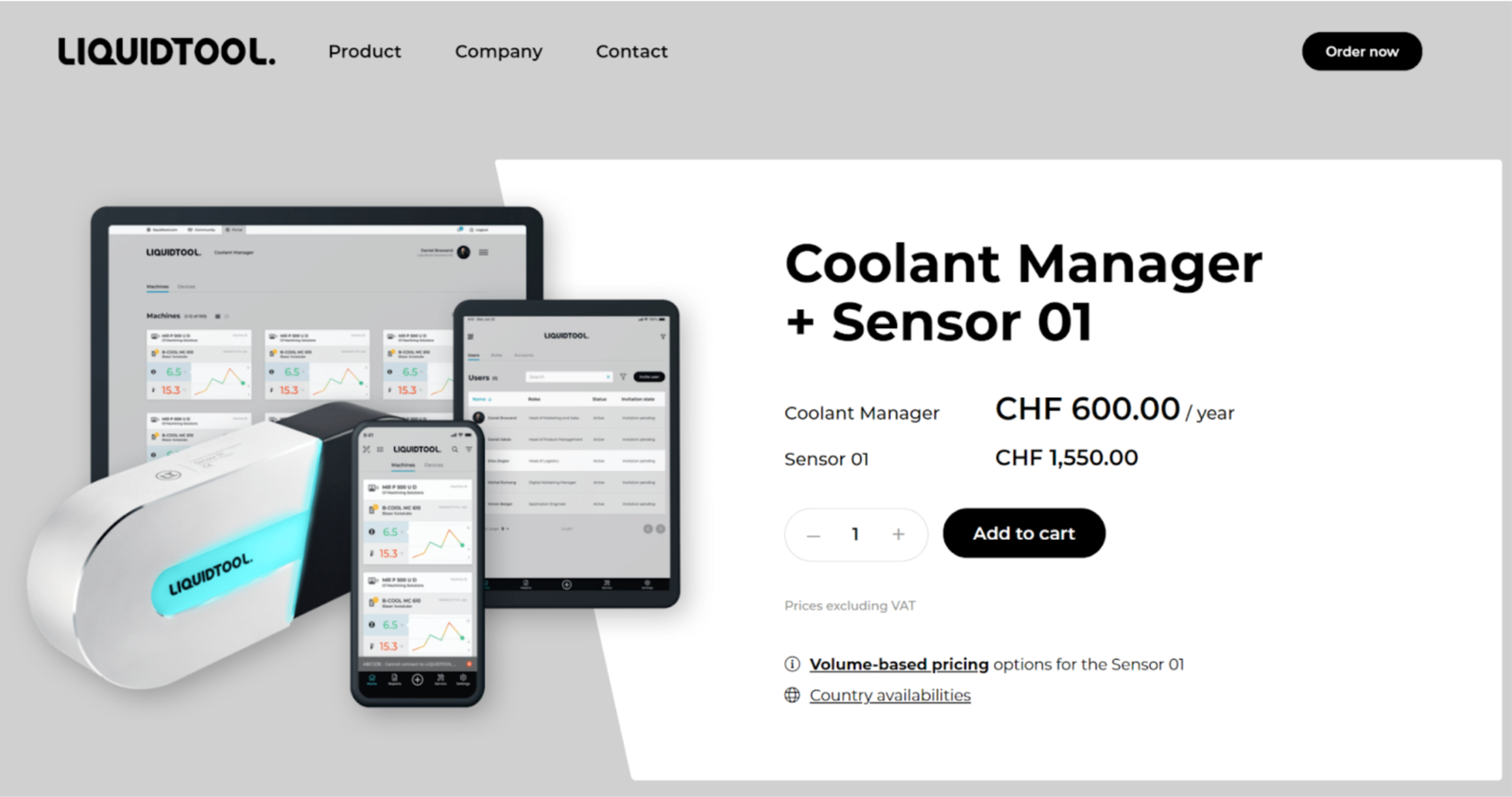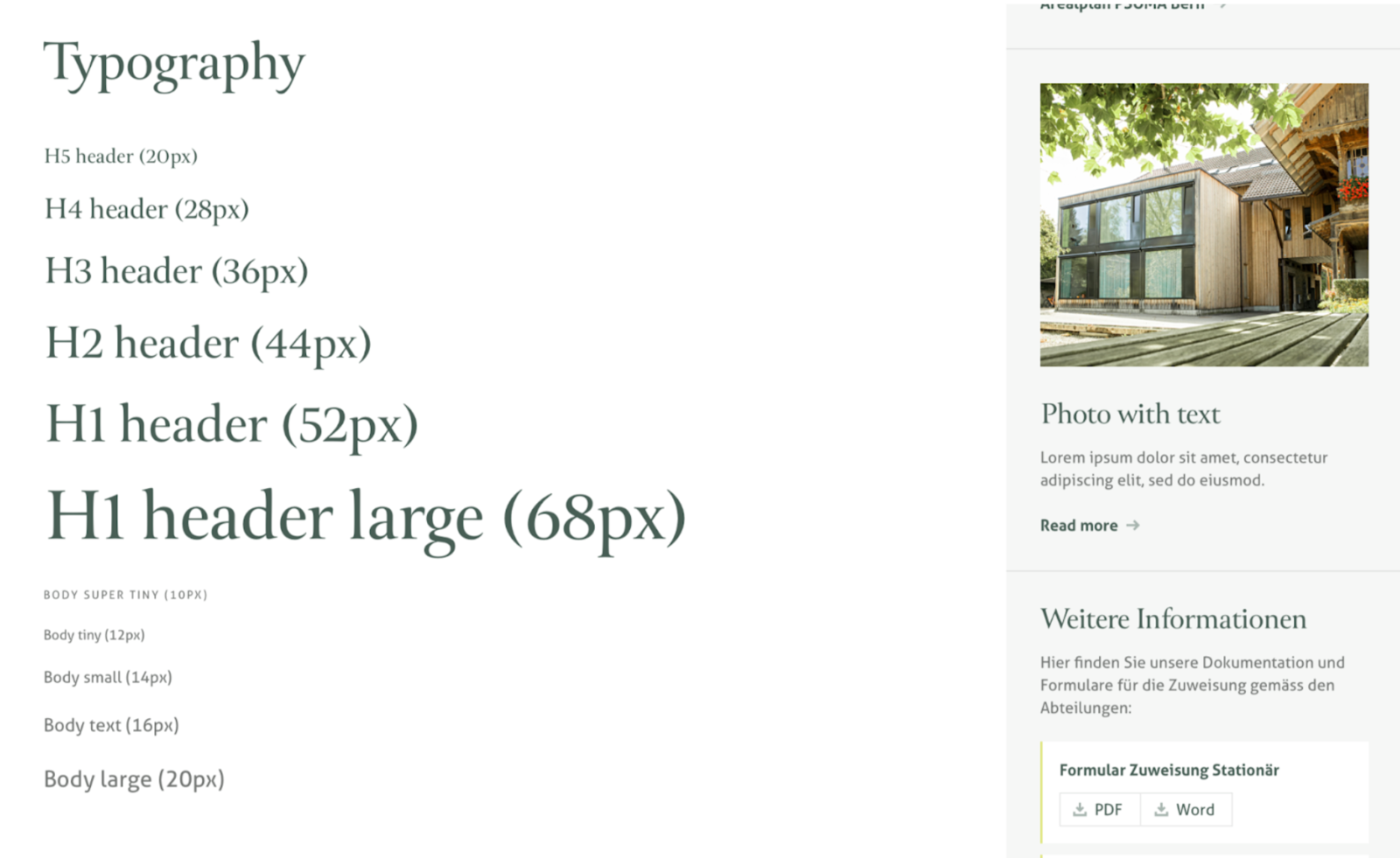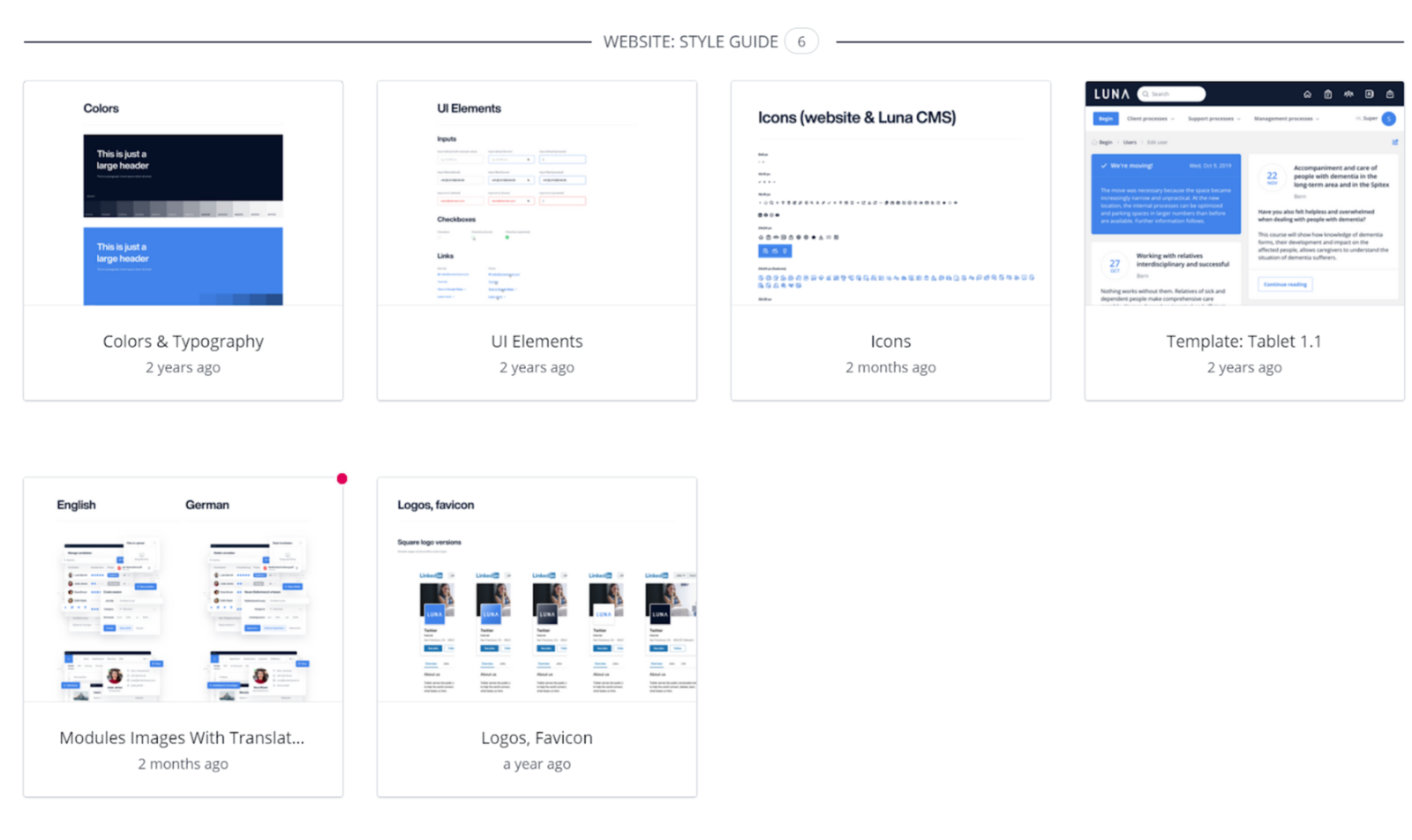User Experience Design optimizes the usability of digital platforms. Learn more about User Experience Design!
The term User Experience Design is rather unknown to many companies and website operators. Yet UXD - as it is abbreviated - contributes a great deal to the success of online platforms. This article explains what exactly is behind this term, what tasks are associated with it and how you can benefit from it.
We at cloudtec realize user experience design for your platforms
As a specialist for digitalization, we at cloudtec are your partner when it comes to online platforms and user experience design. We take over the UX optimization for existing web platforms and other systems for you. Alternatively, we provide you with online platforms that already have an optimal UXD.
Are you looking for a partner for the creation of online platforms or for user experience design? We from cloudtec realize your project. Contact us now via our project inquiry and we will advise you competently and individually.
What does the term User Experience Design mean?
Directly translated, User Experience stands for user experience. This captures the segment that UXD covers very well. UXD develops, designs and improves user interfaces to optimize the user experience when dealing with digital interfaces.
For which applications, platforms and systems is user experience design relevant?
User experience design is basically interesting for all systems with digital interfaces. Any kind of service or product interaction takes place via such interfaces. This concerns customers and users of your systems on the one hand, but also your employees on the other.
On the one hand, UXD is used for public online platforms, such as an online store. On the other hand, UXD is also suitable for optimizing interaction in internal applications.
What is the relationship between user interface and user experience design?
User interface design and user experience design are often equated. In upcoming projects, they are often used in the same context. This is not completely wrong. However, the two terms are not synonymous.
User interface design is about the design of the user interface. This includes areas such as the visual design, fonts, graphic design, the layout, and the choice of colors. The goal of UI design is to create a visually appealing website.
User experience design, for its part, deals with the technology behind the facade. This includes, for example, the design for interaction flows, user studies, concrete scenarios or the creation of wireframes.
Therefore, user interface design is to be understood as a part of user experience design. After all, UI design is about improving the user experience of the (potential) customer.
These are the concrete tasks of user experience design
The goal of user experience design is to improve the interaction of users with digital platforms. To achieve this, there are various measures and methods in UXD. The key point is to look at a platform or system from the user's point of view. Based on this, a structuring of the design takes place.
Key tasks in UXD include the following:
- Developing strategies and designs
- Creating user studies
- Conducting usability tests
- Visualizing concepts using prototypes
Thus, user experience design is active in different phases of a platform. UXD can already be used during the planning of a new platform. Alternatively, it is possible to analyze the usability of already existing platforms. Here, usability tests are used. This also gives insight into the experiences of real users.
The various components in user experience design
UXD is quite a complex task. It can be grouped into eight sub-areas. These eight areas are:
- Experience Design
- initial research
- visual design
- information architecture
- interaction design
- usability
- accessibility
- human-computer interaction
interaction design - one of the central tasks of user experience design
In the subareas of interaction design and human-computer interaction, it is important to make platforms as easy to use as possible. It is important for a good user experience that surfaces and systems are intuitive, efficient and logical. This applies to both an individual user interface and the entire construct.
Due to the further development of IT, interactive systems are being used more and more frequently. Here, the machine reacts directly to the actions of the human. The UXD also investigates and develops these interactions. It is important that interactive systems are logical and helpful.
Accessibility - UXD ensures easy access to information
Developers of systems, platforms and applications often approach the design with a different perspective. Then it happens that the information is not logically accessible to the user. The controls and specific functions are also often difficult to understand.
This is where user experience design comes in. The goal of accessibility is to provide information and functions in a comprehensible way. The learning curve when using an online platform or application should be as flat as possible. The goal is to integrate functions in a self-explanatory and intuitive way.
Visual design in UXD
In the field of visual design, UXD approaches the tasks of web design or user interface design. Nevertheless, there are clear demarcations. Visual design in the context of UXD is not concerned with concrete colors, logos or shapes. Rather, it is concerned with the meaningful and intuitive placement of elements.
What role does user experience design play in e-commerce?
UXD is an important topic in e-commerce . Here, an optimization of online stores and similar platforms that your customers use takes place.
In online retail, the user experience with the platform very often determines whether the customer makes a purchase or leaves the site. A large part of this is due to the high degree of digitization and automation. Customers perform all tasks completely independently on a modern online platform.
The example of the online store illustrates this very well. A potential buyer who finds your web store does not normally need any interaction with a human salesperson. He starts by searching for the items that are of interest to him.
Then the buyer selects the items and decides on the quantity, size, color or other features. Then follows the payment process. This also runs completely automatically. The customer selects the shipping method and makes the payment digitally.
The individual processes are all interlinked: search, item display and shopping cart, and entering personal data for shipping. The way this interaction between the buyer and your website takes place is determined by the user experience design.
Even the search function can frustrate users if it is not intuitively integrated. The same applies to every step from search to order completion. If the potential buyer is annoyed, frustrated or confused at any point, there's a good chance he'll leave the site. He's then likely to go to one of your competitors that offers a better user experience and shop there.
This example shows how important user experience design is in practice. With an intuitive, user-friendly website, you attract customers and increase conversion rates.
User experience design for other platforms in your company
UXD is not only an issue in e-commerce and customer interaction. Digital interfaces are also present internally in your company. Every day, your employees work with digital platforms. In fact, the number of digital systems is increasing significantly as a result of ongoing digitization.
Individual software development now also plays a major role. Especially in this area, it is important to have a functional user interface. For enterprise solutions, user experience design is a gamechanger.
Unclear user interfaces quickly waste many working hours. This often affects a large part of your employees and is repeated on a daily basis. In addition, your employees do not use the provided functions or only use them partially. This is also often due to poorly designed user interfaces.
If you start at this point and optimize the user interfaces of your applications, the productivity of your company will increase. Such changes often require little effort and can be implemented quickly. This makes it all the more important to integrate UXD into your own IT strategy.
With a professional user experience design, you benefit from these advantages
A focus on user experience design pays off for you in many places. Both in the interaction with customers and with your employees, the positive effects become apparent very quickly. The effect of UXD measures can also be measured using KPIs.
One of the key benefits is the increase in user-friendliness. Access to online platforms optimized by UXD is significantly easier. This in turn has numerous other positive effects. These include, for example, better use of existing functions. When navigation to them is easier, there is automatically higher usage. This improves your productivity.
At the same time, it means that you have to invest fewer resources in training your employees. Dealing with platforms is more intuitive and natural. Accessibility reduces barriers to use. As a result, your company works more effectively with existing platforms. Faster processing of tasks and greater efficiency are the results.
A big advantage is the increased interaction rate with customers. Visitors to your online platforms bounce less frequently and make purchases more often. This also has an impact on all marketing measures. Promotions have better conversion rates, and your online store records higher sales.
In general, your web presences are much more professional after a UXD optimization. The layout is intuitive, which makes it easier to use. Perhaps you know this yourself from online platforms, where you are permanently searching for certain functions. This shows the difference to web presences that are structured in such a way that navigation makes sense and is almost subconscious.
These are the benefits that arise from user experience design at a glance:
- Increased user and customer satisfaction
- Increased conversion rate in e-commerce
- More professional appearance of your online platforms
- Shortened processing time and optimized process flows
- Better use of existing functions
- Reduction of employee training times
- Reduction of input errors
This is how a UX designer proceeds
The UXD is conducted by specialized personnel. It takes a systematic and practical approach to the design of online platforms. The focus is on the user who will later work with the platform or use it as a customer.
Therefore, the UX designer puts himself in the position of the user. This begins with the creation of a requirements profile. A comparison with the competition is also made here. In this way, it is determined which functions or services the user expects.
An important part of the work is the user journey. Here, an initial development of how the online platform and the various functions are arranged takes place. It is simulated how a user moves through an online platform. First drafts in the form of flowcharts and storyboards are created. The cooperation of later users of the platform is helpful.
Then prototyping takes place. Here, modeling tools are used to quickly create a mock user interface. In fact, these prototypes already have clickable fields, allowing a realistic simulation of the finished user interface.
The final step is usability testing. Here, the design is tested in practice on the real online platform and by real users. Suggestions for improvement flow into the optimization until a high level of user satisfaction is achieved.
We at cloudtec also perform such usability tests for you on existing platforms. In this way, you can identify problems with your online platforms. Furthermore, this way a continuous further development of web platforms and other systems takes place.
